
views
You may be looking for How to Make Espresso instead.
Drinking Espresso
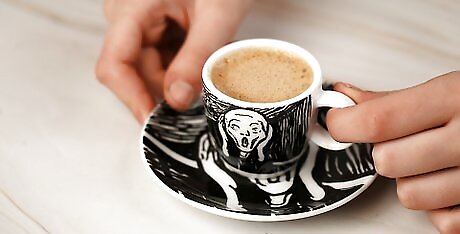
Follow the method you enjoy. Espresso aficionados love to follow rituals in their espresso drinking, and to argue over which method is superior. Many common opinions and methods are described below, but even experts can't agree on which of these is "best." If you want to test multiple methods in one sitting, cleanse your palate with water before each shot.
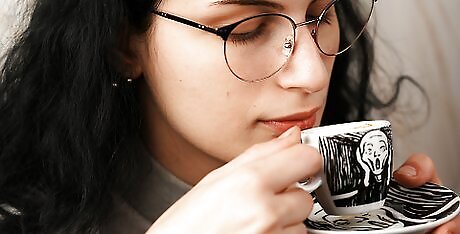
Smell the espresso. Put the cup to your nose and inhale the aroma with a long, slow draw. Scent is a major part of flavor.
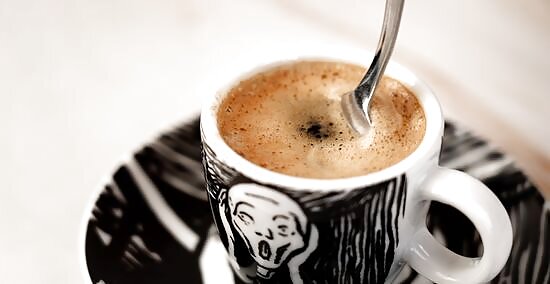
Approach the crema. The light brown "crema" layer is the most bitter part of the drink, so "beginner" espresso drinkers often don't want to taste it straight. Here are a few approaches, all of them used by at least some "expert" drinkers: Stir the crema in with a spoon or swirl the cup in a circle to mix it in with the rest of the espresso. (Don't lick the spoon if you don't want the bitter plain crema taste.) Sip the crema for a bitter blast to start out. Some people then stir the remaining crema in, but more proceed to drink the rest with the crema still separated. Skim the crema off and discard. This option may horrify traditionalists, but even some chefs prefer the sweeter, lighter, more evenly textured drink that results.

Consider the "gulp" method. The espresso flavor begins to change (some would say deteriorate) within 15 to 30 seconds of extraction, and the crema begins to dissolve into the cup. Drinking the shot in one or two swallows is worth trying at least once to see how the flavor changes, but expect an extremely intense punch. Test the temperature of the drink before trying this. You may want to sip the crema or a crema-liquid mixture for a different flavor to begin with.
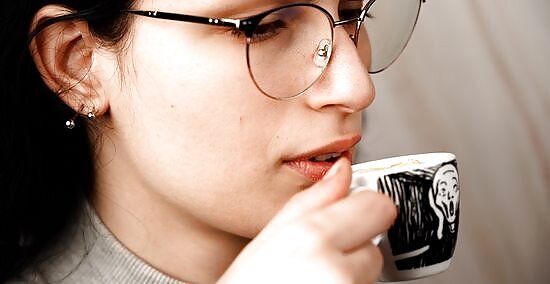
Try drinking it in sips. To discover the changing nuances of flavor throughout a cup of espresso, sip the drink without stirring. For a more consistent taste, stir before sipping. Either way, try to finish the espresso before it cools. Cooling will alter the espresso's flavors, or make different notes more noticeable, but this is almost always a negative effect once the drink drops near room temperature. Try stirring and sipping an espresso doppio, or double-sized shot, for a different balance of top and bottom layers.
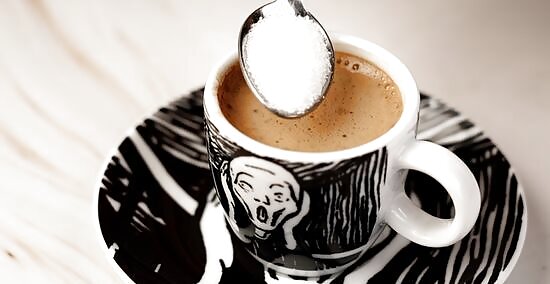
Taste it with sugar. This step is intentionally listed after the plain espresso methods, since most espresso fans dislike adding ingredients to the drink. Try adding a touch of sweetness to a low-quality espresso, or when you're starting out in the espresso world and need to be weaned away from sweeter coffee drinks.
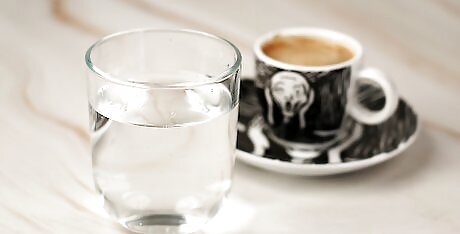
Serve with sparkling water. Some cafés serve espresso with a small glass of sparkling water on the side. Sip this before drinking the espresso to cleanse your palate. Only drink the water after the espresso is finished if you dislike the flavor – and do so out of range of the barista. Recently, a few locations have started making "carbonated coffee"... but be prepared for strange looks if you try to recreate this yourself.

Serve with chocolate. Italian cafés occasionally serve espresso with a piece of chocolate. Avoid other strongly flavored accompaniments, especially biscuits or cookies. Of course, espresso is often served alone. For espresso tasting sessions, serve unsalted crackers and still water to cleanse the palate between shots.
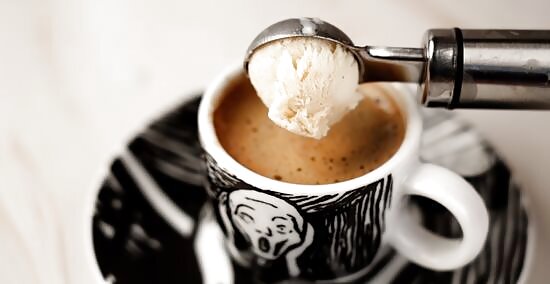
Mix with alcohol or food. Add a scoop of vanilla ice cream to your espresso to make affogato. Bolster your espresso with vodka or coffee liquer, or add it to a coffee cake recipe instead of instant coffee. Of course, you can stay in the café world with more complex espresso drinks, such as a latté, mocha, or cappuccino.
Identifying a Quality Espresso
Know how an espresso is made. Espresso is made by forcing hot, high-pressure water through freshly-ground coffee beans, yielding a small amount of liquid, about ¾ to 1 ½ oz liquid. A proper espresso is made from coffee beans that have been roasted medium-dark or darker, ground to a fine consistency, and packed evenly into an espresso basket. While there is an endless variety of espresso preferences and traditions, these basic properties define the drink. If your drink fills an ordinary coffee cup, was made from coarse-ground beans, or went through an ordinary coffee filter, it is not a typical espresso. An "espresso macchiato" adds a small amount of milk or milk foam atop the drink.
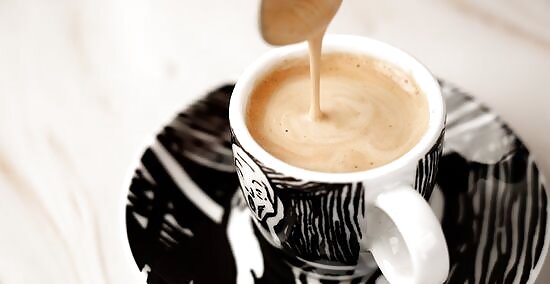
Watch the color and thickness of the crema. A light brown, frothy layer tops the surface of a properly made espresso. This "crema" is a rapidly evaporating compound of coffee oils and solids, not found in any other coffee drink. Thicker, redder crema, with flecks of copper or dark gold, suggests the espresso was "pulled" perfectly. The crema dissolves quickly after creation, so an espresso served without a crema may have sat out a couple minutes, or may not have achieved enough pressure.

Smell and taste the dark espresso liquid. The "body" of the shot is a dark, thick layer of liquid beneath the crema. This is much stronger than an ordinary cup of coffee, and should leave a complex aftertaste combining bitter, sweet, acidic, and even creamy flavors. If it has a one-dimensional bitter flavor, the beans may have been roasted too dark. Try another café or homemade method, and you'll find a different interpretation of espresso.

Evaluate the finish. The lowest layer of the espresso, not visually distinct from the body above, is thicker and sweeter, even syrup-like. You may or may not enjoy this on its own – many people stir these layers together – but an unstirred cup without a thick base is a thin, inadequately prepared espresso. Espresso should have few if any particles of grounds, but you may want to sip the end of the cup through your teeth if your espresso maker doesn't meet these standards. (If the beans are ground to a powder consistency and intentionally poured into the cup, you're drinking "Turkish coffee.")



















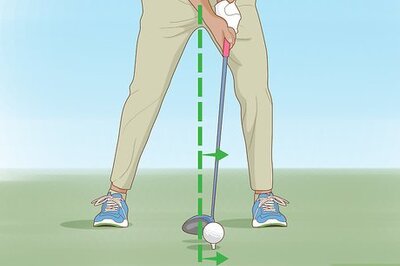
Comments
0 comment